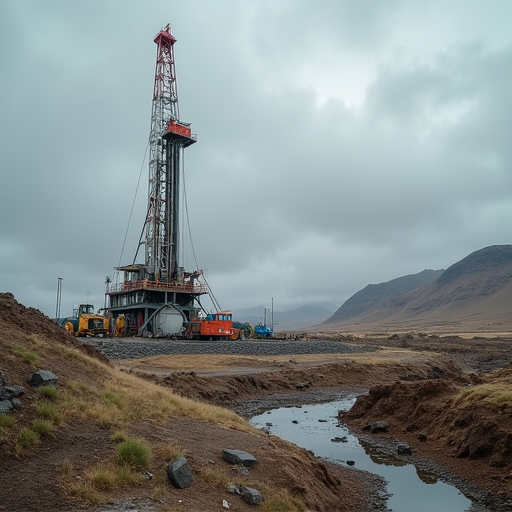
The American company Quaise aims to drill for a virtually inexhaustible source of energy deep beneath the Earth's surface. How deep? Up to twenty kilometers, nearly twice as deep as the deepest hole ever drilled.
To achieve this, Quaise developed a drilling technique that uses millimeter waves. Think of it as an extremely powerful microwave that can melt through rock. Where traditional drill bits get stuck, this technology effortlessly burns its way down.
During a demonstration in Houston, the team succeeded in melting granite at temperatures of 1,700 degrees Celsius. But that's not all this technique does. The molten rock is simultaneously transformed into a glass-like layer that lines the walls of the borehole, eliminating the need for metal pipes to keep the hole open.
Quaise, a spin-off from MIT, aims not only to drill deeper than ever before but also to access the hottest layers of the Earth. By pumping water to these depths, it can be converted into a supercritical fluid, a state that yields more energy than ordinary steam. This water would then be pumped back up to drive turbines and generate electricity.
The economic prospects are promising. Quaise expects the energy produced to cost between $50 and $100 per megawatt-hour, comparable to solar and wind energy. The first 50-megawatt installation is expected to be operational in Oregon within three years.
